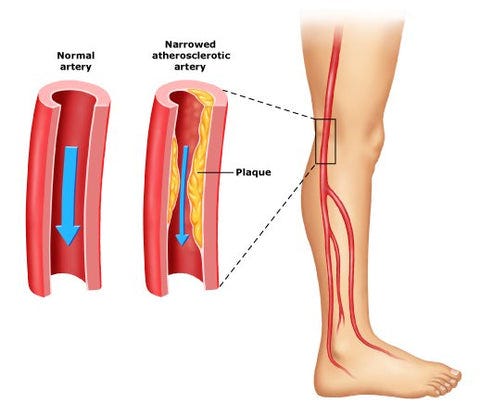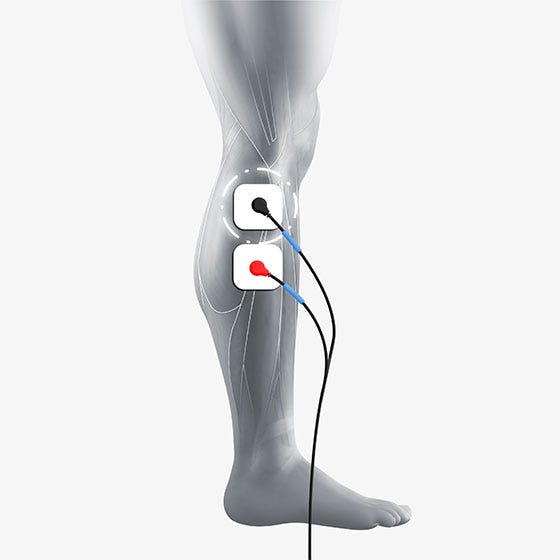If you have poor circulation in your lower legs, you know how uncomfortable it can be. You might feel swelling, tingling, or even pain. Many people are looking for simple, drug-free ways to help their legs feel better. One option that’s getting more attention is the TENS unit.
In this post, you’ll learn what a TENS unit is, how it can help with lower leg circulation, the best ways to use it, and some safety tips. This guide is written in plain language and is designed to stay helpful for years to come.
What Is a TENS Unit?
A TENS unit (Transcutaneous Electrical Nerve Stimulation) is a small device that sends gentle electrical pulses through your skin using sticky pads called electrodes. Most people use TENS units to help manage pain, but research shows they can also help with blood flow in the legs (source).
How Can a TENS Unit Help With Circulation?
When you put the pads on your lower legs and turn on the TENS unit, the small pulses make your muscles contract and relax. This action is similar to what happens when you walk or move your legs. These muscle movements help push blood through your veins, which can help improve circulation.
Some studies have found that using a TENS unit at low frequencies (like 2 Hz) can increase blood flow in the treated area (source). This is especially helpful for people who have trouble moving around or are at risk for poor circulation.
Where Should You Place the Pads?
Pad placement is very important for getting the best results. Here are some simple ways to place the pads for lower leg circulation:
Ankle: Place one pad on the front or back of each ankle. This helps the signal travel through your lower leg.
Calf: Put one pad at the top of your calf muscle and another at the bottom, or on either side of your calf.
Shin: Place one pad just below your knee and another at about the middle of your shin.
Foot and Calf: One pad can go on the sole of your foot and the other on your calf. This can help if you have swelling in your feet.
Make sure the pads are at least two inches apart. Do not put pads on both calves at the same time. Always follow the instructions that come with your TENS unit.
How Often Should You Use a TENS Unit?
Most people use a TENS unit for 20 to 30 minutes at a time, up to several times a day. You can use it while sitting or lying down. Start with a low setting and increase it until you feel a gentle, comfortable tingling or muscle movement. If you feel pain or discomfort, stop and adjust the pads or settings.
Safety Tips
Do not use a TENS unit if you have a pacemaker or other implanted device unless your doctor says it’s okay.
Do not place pads on broken skin or over areas with poor sensation.
Talk to your doctor before using a TENS unit if you have diabetes, blood clots, or other medical problems.
Never use the unit while driving or sleeping.
What Does the Science Say?
There is growing evidence that TENS units can help improve local blood flow and may help with wound healing in people with poor leg circulation (source). However, TENS should not replace medical treatment for serious conditions like deep vein thrombosis or severe artery disease. Always see your doctor if you have ongoing symptoms.
Final Thoughts
A TENS unit is a simple, non-drug way to help your lower legs feel better and support healthy circulation. With the right pad placement and regular use, many people find relief from swelling, discomfort, and tired legs. Always use your TENS unit as directed and talk to your doctor if you have any concerns.
Sources:
Disclaimer: This post is for informational purposes only and does not replace medical advice. Always consult your healthcare provider before starting any new treatment.














0 Comments
Thanks much for your comment! I'm glad to hear you're finding the content of interest. I hope it continues to be beneficial for you. Your feedback is greatly appreciated and helps me keep improving.